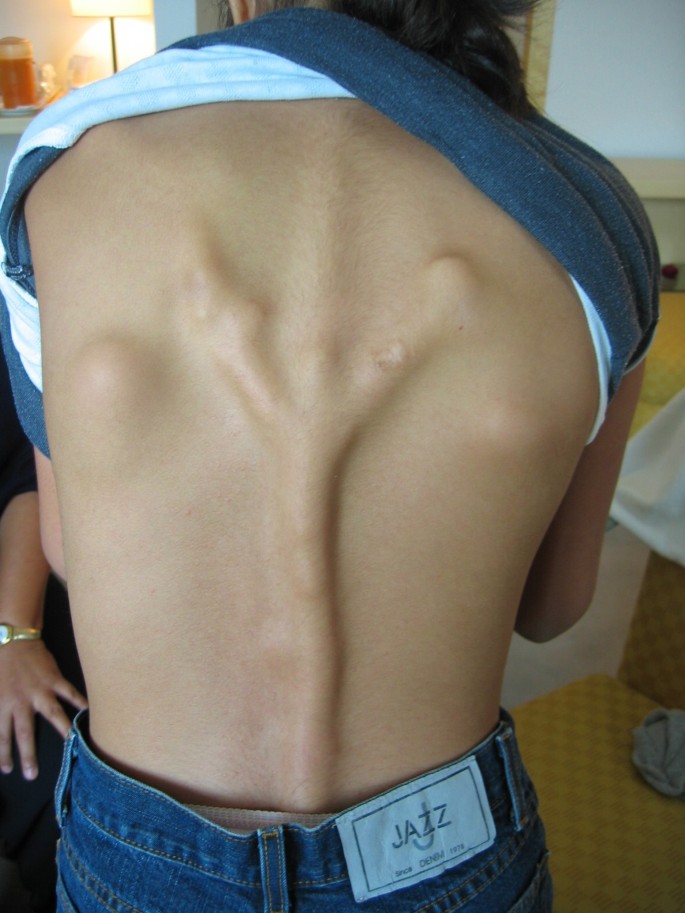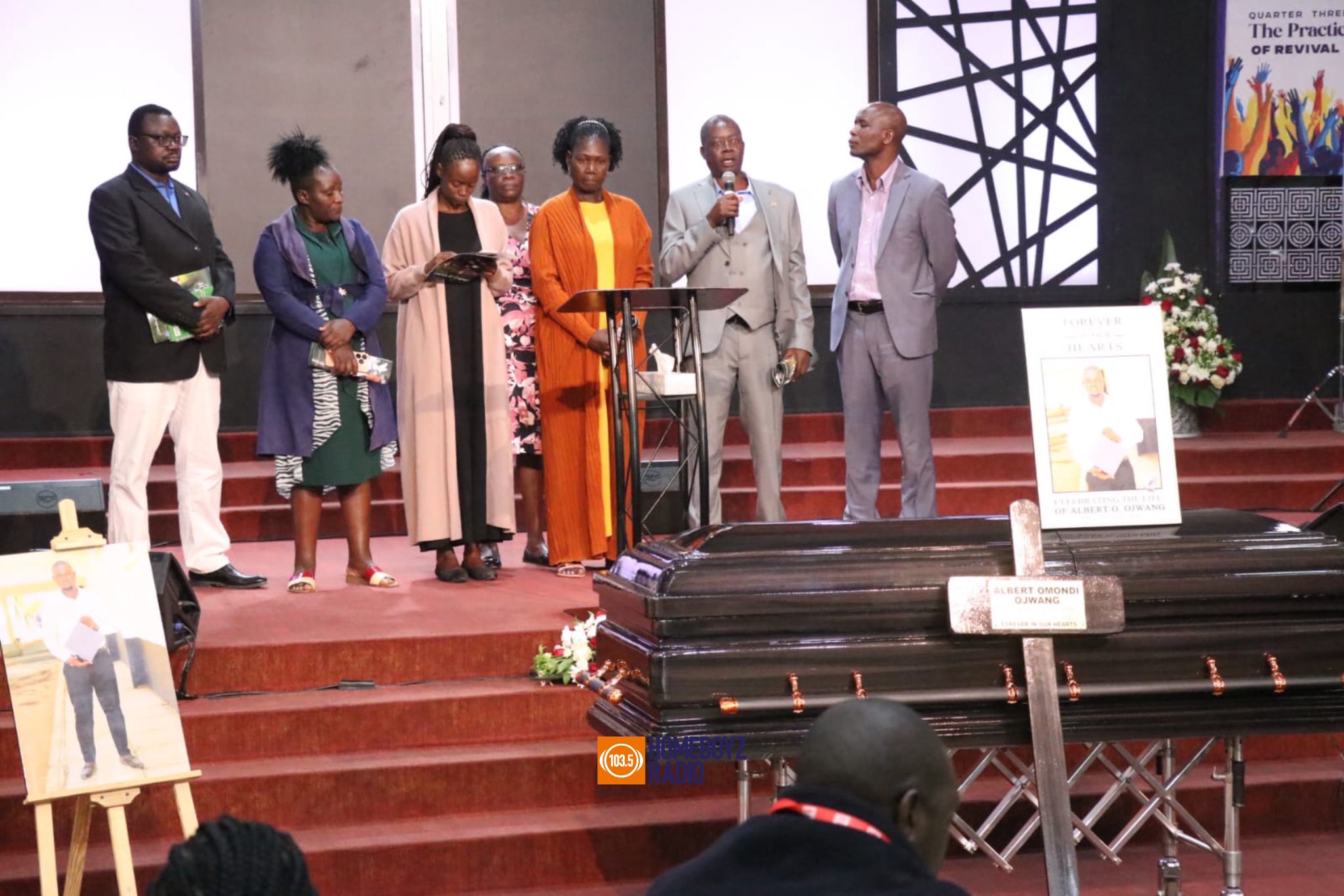Fibrodysplasia Ossificans Progressiva

Fibrodysplasia Ossificans Progressiva (FOP) is a rare genetic disorder that affects connective tissues, such as muscles and tendons, and causes them to turn into bone.
The condition is progressive, meaning that over time, more and more of the body's connective tissues are replaced by bone, leading to restricted movement, deformity, and a significantly reduced quality of life.
FOP is caused by a mutation in the ACVR1 gene, which provides instructions for making a protein called ALK2. This protein regulates the growth and development of bones and other tissues.
In people with FOP, the mutation in the ACVR1 gene leads to the production of a faulty ALK2 protein, which causes connective tissues
to turn into bone inappropriately.
FOP is a rare condition, affecting an estimated 1 in 2 million people worldwide.
The disorder typically becomes apparent in early childhood, with symptoms appearing during the first decade of life.
The most characteristic feature of FOP is the formation of extra bone in specific body areas, such as the neck, back, and
limbs.
These bony growths, called heterotopic ossification, can be triggered by minor injuries, infections, or other trauma to the affected area.
The extra bone formation in FOP is progressive, and over time, it can lead to a range of complications, including severe restriction of movement, breathing difficulties, and impaired swallowing.
The bony growths can also cause severe pain, discomfort, skin ulcers, and infections. In addition, the deformities and limited mobility associated with FOP can significantly impact the individual's ability to perform daily activities and greatly reduce their quality of life.
Currently, there is no cure for FOP, and treatment options are limited.
Treatment focuses primarily on managing symptoms and preventing further bone formation.
It may involve using non-steroidal anti-inflammatory drugs (NSAIDs) to reduce inflammation and pain and corticosteroids to slow down bone growth.
Surgery may also be considered to remove bony growths causing severe pain or restricting
movement.
Research into FOP is ongoing, with the aim of better understanding the genetic and cellular mechanisms underlying the condition and developing more effective treatments.
One promising approach is the use of drugs that target the faulty ALK2 protein, which may help prevent or slow down the disorder's progression.
In addition, research is also focused on developing new techniques for detecting and monitoring bone formation in FOP and improving the management of complications such as breathing difficulties and skin ulcers.
In conclusion, Fibrodysplasia Ossificans Progressiva is a rare and debilitating genetic disorder that causes connective tissues to turn into bone, leading to severe limitations in mobility, pain, and reduced quality of life.
While there is no cure for FOP, ongoing research offers hope for developing more effective treatments.
Early diagnosis and management of symptoms are key to improving outcomes for individuals with FOP and further research is needed to improve our understanding of this complex and challenging condition.
By Stacy Odhiambo
Tags: Who Signstv Fibrodysplasia Ossificans Progressiva


